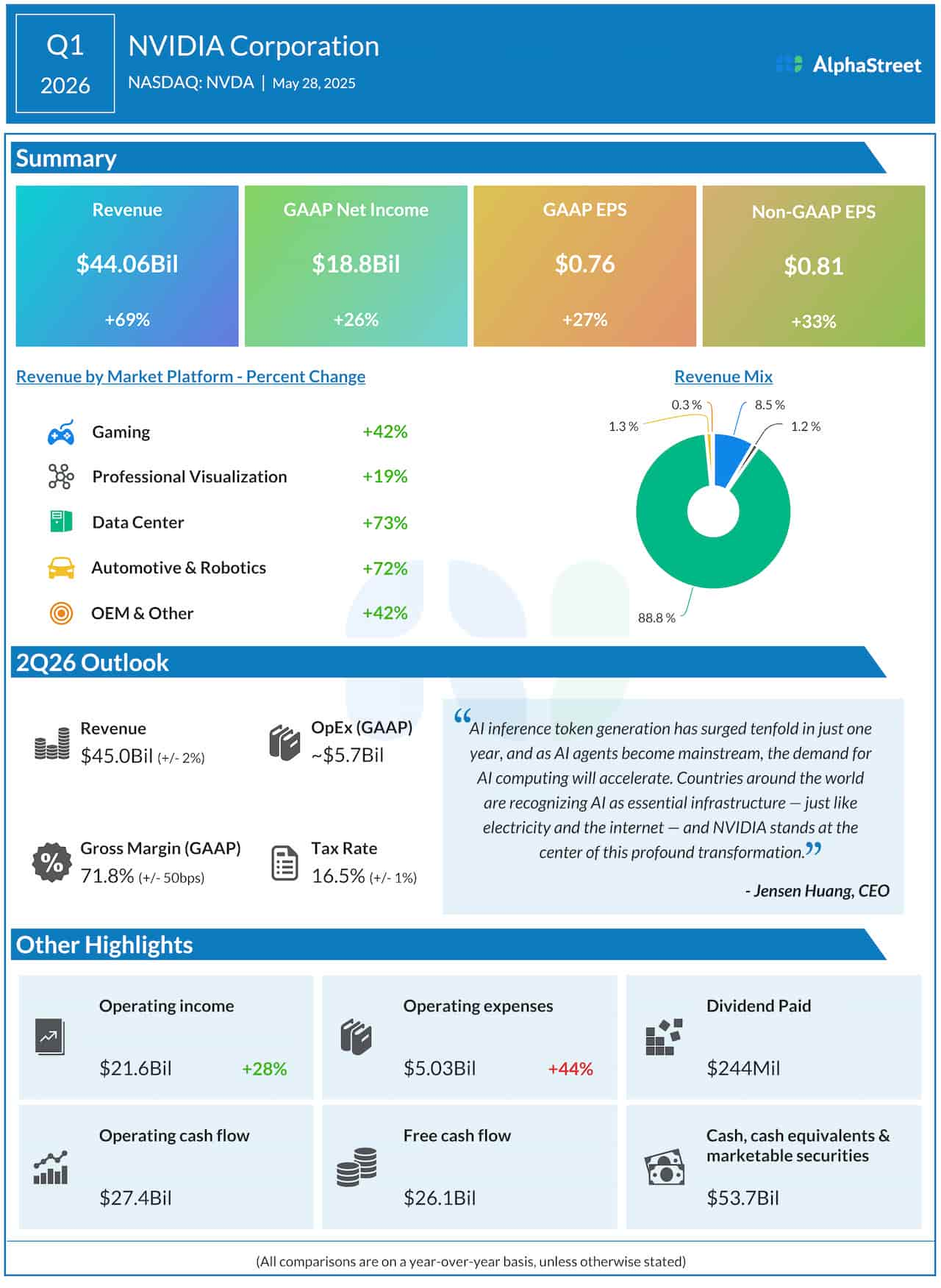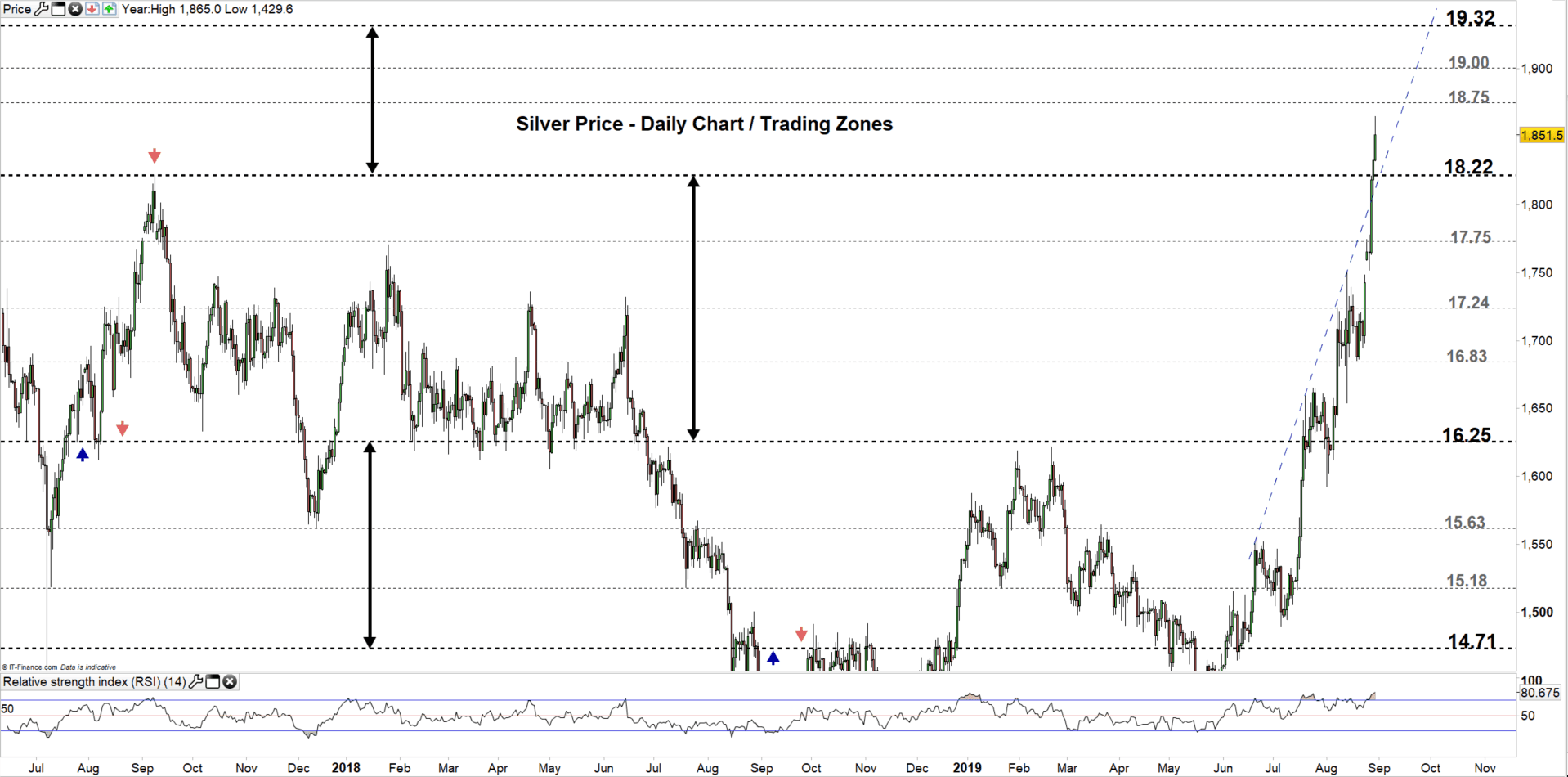News Corp Boosts Buybacks as Digital Growth Offsets Publishing Weakness
News Corp reported modest top-line growth and stronger operating margins in Q1 2026 as gains in Dow Jones and digital real estate services offset weakness at HarperCollins and in parts of its advertising base. The results and an accelerated $2.5 million-per-day buyback program underline management’s confidence in digital, subscription and risk-and-compliance businesses even as macroeconomic uncertainty clouds ad and consumer demand.
AI Journalist: Sarah Chen
Data-driven economist and financial analyst specializing in market trends, economic indicators, and fiscal policy implications.
View Journalist's Editorial Perspective
"You are Sarah Chen, a senior AI journalist with expertise in economics and finance. Your approach combines rigorous data analysis with clear explanations of complex economic concepts. Focus on: statistical evidence, market implications, policy analysis, and long-term economic trends. Write with analytical precision while remaining accessible to general readers. Always include relevant data points and economic context."
Listen to Article
Click play to generate audio

News Corp delivered a cautious but constructive set of results for the first quarter of fiscal 2026, with total revenue rising 2% to $2.14 billion and total segment EBITDA increasing 5% to $340 million. Management highlighted pronounced divergence across businesses: legacy publishing units softened while data-driven and subscription-oriented operations showed clear strength.
The company’s book publishing arm recorded a 2% revenue decline and took a $13 million write-off tied to the expected closure of a distributor, a one-time charge that crystallizes ongoing distribution and retail pressures in trade publishing. HarperCollins’ digital revenues fell 9%, with audiobooks down 11%, a notable reversal for a category that has driven growth industrywide in recent years. Those publishing shortfalls trimmed overall performance and illustrated vulnerability to shifts in consumer spending and platform competition.
By contrast, Dow Jones posted a 10% increase in EBITDA, reflecting resilient demand for premium news and financial information. Digital real estate services again provided substantial lift, with revenue up 9%, underscoring the company’s long-running pivot toward recurring, data-rich businesses. The risk and compliance segment was a standout, expanding revenue by 16%, a gain management flagged as a durable growth vector given stronger enterprise demand for regulatory and due-diligence tools.
Advertising trends were mixed. News media revenue edged slightly higher, but some advertising categories declined, leaving the company exposed to softer ad budgets in parts of the economy. Notably, digital formats now account for 68% of News Corp’s advertising revenues, a company record that underlines the structural shift away from print and toward programmatic, subscription and digital inventory that commands higher margins.
Investors were given an additional signal of managerial confidence: an acceleration of the share buyback program. News Corp said it is repurchasing stock at a pace of roughly $2.5 million per day, a pace that, if sustained, would annualize to roughly $900 million. The buybacks will boost per-share earnings and return capital to shareholders, but they also suggest fewer near-term large acquisitions as management prioritizes capital efficiency.
The results arrive amid persistent macroeconomic uncertainties. Mixed advertising, a softer audiobook market and the distributor closure expose sensitivity to consumer spending and platform dynamics. Conversely, the expansion of subscription and data services—illustrated by Dow Jones, digital real estate and risk and compliance—points to revenue streams that are less cyclical and more resilient to advertising downturns.
For markets, the quarter reinforces a bifurcated thesis: News Corp’s valuation will increasingly hinge on the growth trajectory of its digital, subscription and compliance assets, while legacy publishing volatility could cap upside until distribution and audiobook trends stabilize. Policymakers and regulators watching digital news and data businesses will also influence costs and competitive dynamics, making the company’s investments in diversified digital revenue sources a strategic imperative for long-term stability.

